GPT-5: The Groundbreaker or Job-Stealer? Separating Fact from Fiction
In recent years, artificial intelligence (AI) has moved from the fringes of futuristic speculation into a central part of our daily lives. AI systems are now integral to industries worldwide, from smart assistants to predictive text. Among the most impressive of these advancements is OpenAI’s GPT series, a family of language models that has continually raised the bar for what machines can understand and generate in human language. The latest in this series, GPT-5,is no exception. However, as its capabilities grow, so do the concerns. Will GPT-5 revolutionize industries for the better, or is it poised to replace human workers? Is it the groundbreaker that’s been promised, or the job-stealer that many fear? Let’s separate fact from fiction and explore the real implications of this new technology.
What is GPT-5?
GPT-5 is the latest iteration of OpenAI’s Generative Pre-trained Transformer models. Building on the success of GPT-4, GPT-5 represents a leap forward in AI’s ability to process and generate human-like text. It is trained on vast datasets that include books, websites, academic papers, and more, allowing it to produce coherent, context-aware language that can mimic human writing, assist with tasks, and provide detailed, accurate information.
The key to GPT-5’s success lies in its architecture, which uses deep learning and advanced natural language processing (NLP) techniques to not only understand but also generate nuanced text. Its applications are vast, ranging from customer service chatbots to content generation, translation services, and even code writing.
Fiction: GPT-5 Will Replace All Human Jobs
One of the most persistent myths surrounding AI—GPT-5 included—is that it will lead to widespread job losses, replacing humans across various industries. Automation and AI are indeed transforming many sectors, and GPT-5 is undoubtedly part of that transformation. But the reality is much more nuanced.
GPT-5 excels at automating repetitive, routine tasks—especially those that involve processing or generating large volumes of text. For example, it can draft emails, write product descriptions, summarize reports, or even help generate marketing content. But it’s crucial to recognize that while GPT-5 can replicate certain aspects of human labor, it lacks the emotional intelligence, creative nuance, and decision-making skills that many jobs still require.

In industries such as journalism, marketing, and customer service, GPT-5 may augment workers by taking over mundane tasks. However, humans are still essential for strategy, creativity, and tasks requiring empathy and critical thinking. AI tools like GPT-5 should be seen as productivity enhancers, not outright job-stealers.
Fact: GPT-5 Will Create New Opportunities
While some roles may be streamlined or altered by GPT-5, it’s important to note that AI is also creating new opportunities across the board. For instance, the rise of AI technologies has led to an increased demand for AI trainers, data scientists, and professionals skilled in human-AI collaboration. Entire new industries are cropping up around the development, maintenance, and ethical management of AI systems like GPT-5.
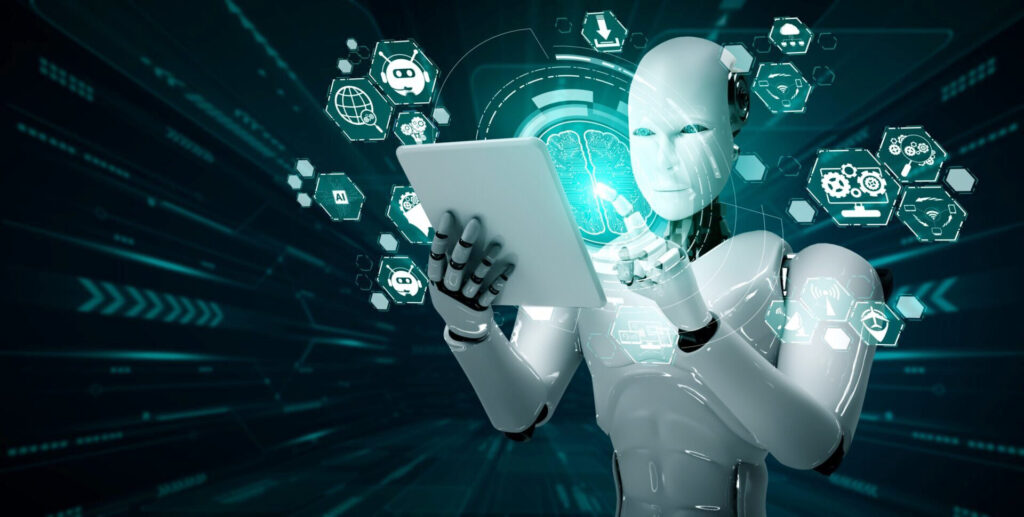
Moreover, GPT-5 can free up human workers to focus on more meaningful tasks. In a corporate setting, employees might spend less time on administrative work and more time on creative problem-solving or business development. In healthcare, GPT-5 can assist with research and diagnostics, allowing doctors to spend more time with patients. These are just a few examples of how GPT-5 could be harnessed to create new opportunities for humans.
Fiction: GPT-5 Is Error-Free and Fully Autonomous
There’s no denying that GPT-5 is an impressive technological achievement. However, it’s not without its limitations. Despite its ability to produce highly accurate and relevant text, GPT-5 is far from infallible. Like any machine learning model, GPT-5 relies on the data it’s trained on. This means it can still generate biased, incorrect, or nonsensical outputs depending on the prompt or context. While improvements in GPT-5’s architecture make it more reliable than previous iterations, it is by no means fully autonomous or foolproof.
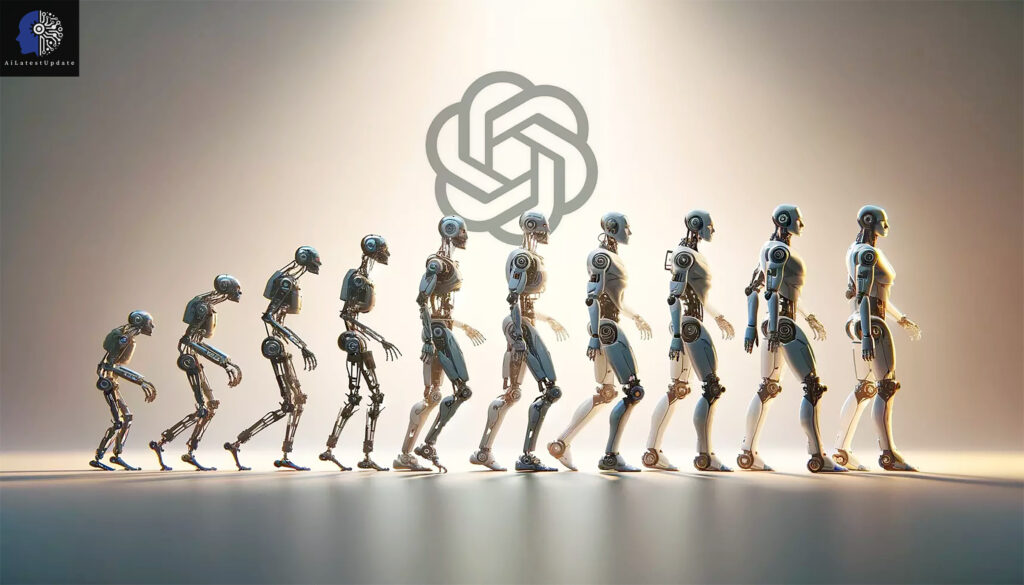
Human oversight is still necessary to ensure that GPT-5’s outputs are accurate and appropriate. In high-stakes environments, such as law or medicine, reliance solely on AI without human review could lead to serious consequences. GPT-5 is a tool to assist humans, but it should not be seen as a replacement for human judgment.
Fact: GPT-5 Will Accelerate Innovation
One of the most exciting aspects of GPT-5 is its potential to accelerate innovation across multiple sectors. In research and development, GPT-5 can sift through vast amounts of data, generating insights that might take humans days or weeks to uncover. In creative industries, it can assist with brainstorming, generating ideas, or producing content at scale. Startups, small businesses, and large corporations alike can leverage GPT-5 to expedite workflows and enhance productivity.
In the field of education, GPT-5 has the potential to provide personalized learning experiences, offering students custom-tailored lessons and resources based on their individual needs. It could democratize access to knowledge by making it easier to interact with complex subjects in a way that suits different learning styles.
Moreover, with the right ethical guidelines and governance, GPT-5 can help address global challenges. For instance, in the fight against climate change, GPT-5 could be used to analyze environmental data, offering solutions or insights that were previously out of reach due to the sheer volume of information.
Fiction: GPT-5 is a Threat to Human Creativity
Another common misconception is that GPT-5 will diminish the role of human creativity. In truth, GPT-5 isn’t here to replace creative minds—it’s here to enhance them. Creative professionals, such as writers, artists, designers, and marketers, can use GPT-5 to brainstorm ideas, explore new perspectives, or simply reduce the time spent on routine tasks, allowing more focus on the core creative process.

For example, a marketing professional might use GPT-5 to generate a list of headline options, but the final choice—and any tweaks or adaptations—will still require a human touch. Similarly, GPT-5 can draft a plot for a novel, but it’s up to the writer to breathe life into the characters, create depth, and ensure coherence in the narrative. GPT-5 offers support but doesn’t replace the creative spark only humans possess.
Conclusion:�
A Tool for Progress, Not a Job-StealerAs we continue to develop and refine AI technologies like GPT-5, it’s important to distinguish between fact and fiction. GPT-5 is undoubtedly a groundbreaking toolthat will change the way we work and live. It has the potential to streamline processes, enhance productivity, and foster innovation across multiple industries. But it is not a threat to human jobs or creativity. Instead, GPT-5 is a tool that—when used responsibly—can complement human talent, making us more effective and efficient in our work.
In the end, GPT-5 is neither the groundbreaker nor the job-stealer itself. It’s what we make of it that will define its true impact. Through thoughtful integration and ethical use, GPT-5 has the potential to benefit society in ways we’re only beginning to understand.

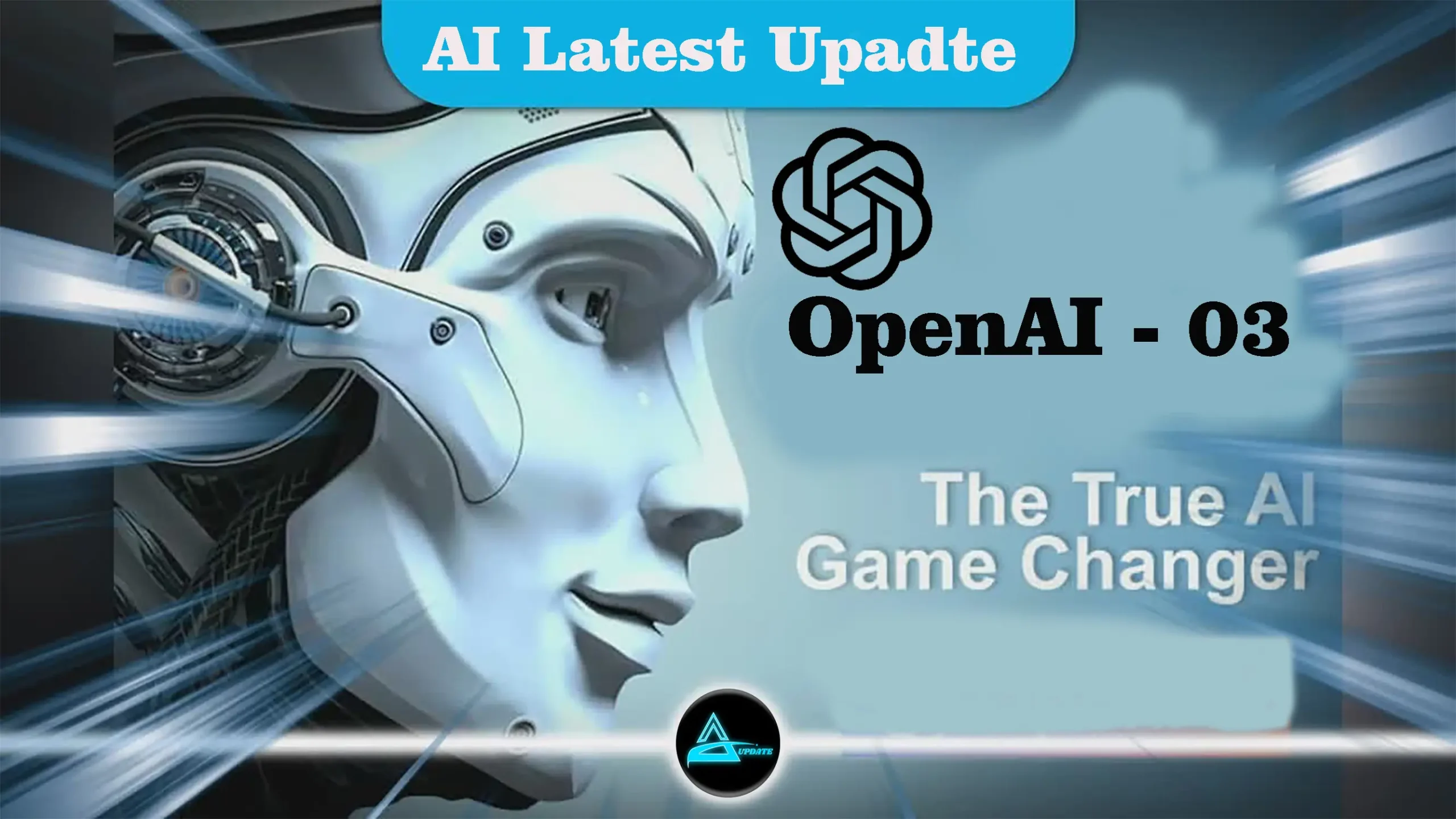

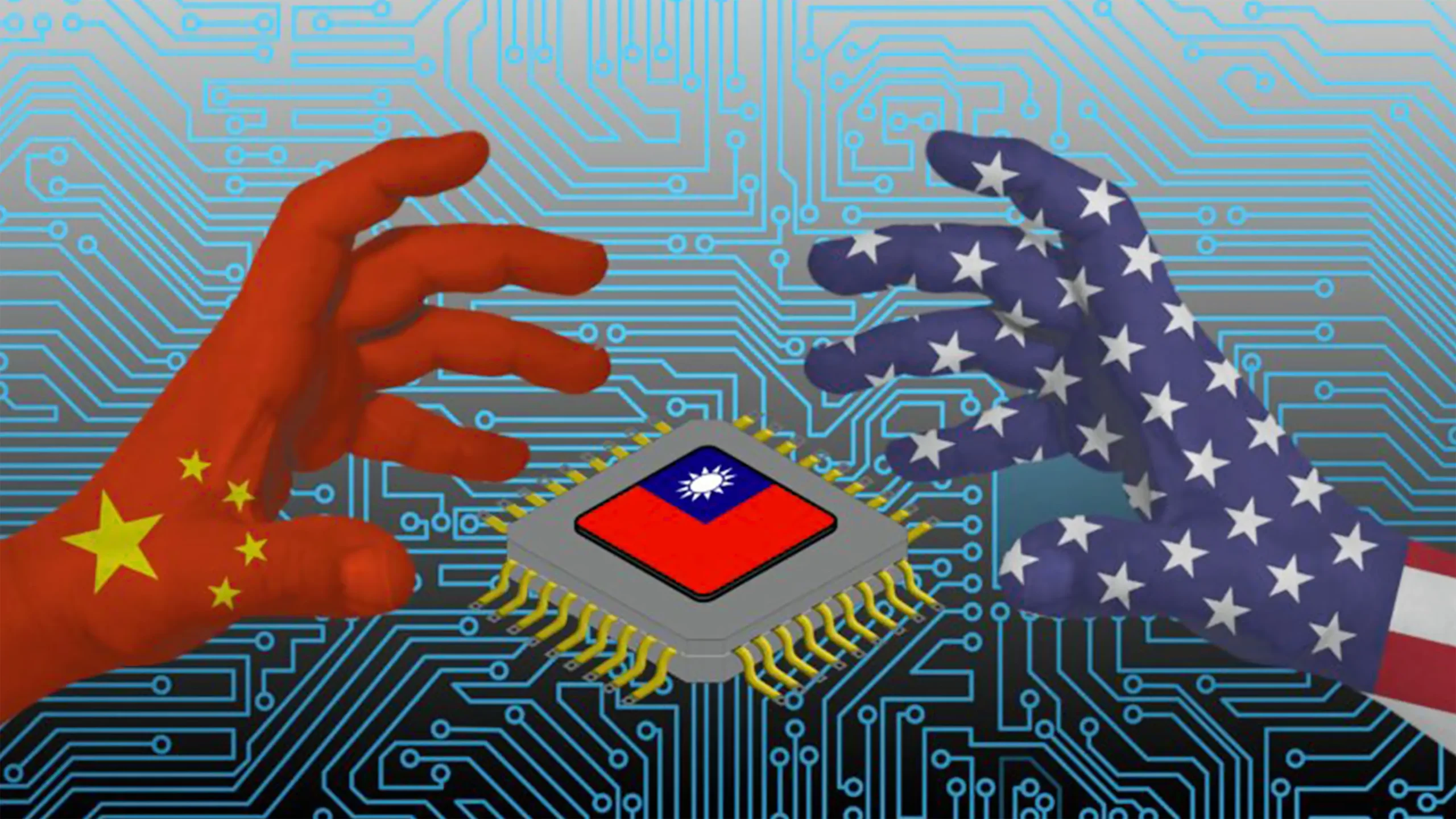



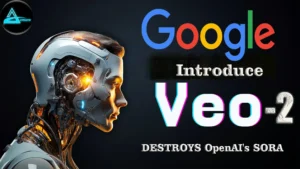
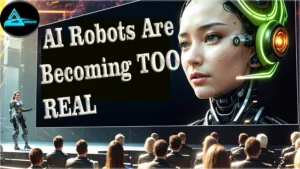


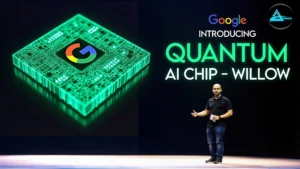


1 comment